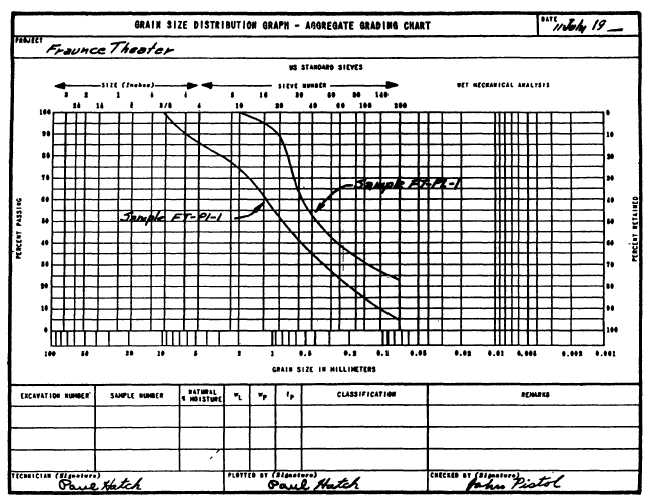Figure 16-4.—Grain size distribution chart.
You should plot these values on a form like the one
shown in figure 16-4. The graph on this form is a
logarithm type of layout; coordinates horizontally are
sieve sizes (at the top) and grain sizes in millimeters (at
the bottom). Vertical coordinates are percents passing.
The formula for determining
D60 means the grain size, in millimeters, indicated
by the gradation curve at the 60-percent passing level.
In figure 16-4, follow the 60-percent passing line to the
point where it intersects the gradation curve for
FT-P1-1; then drop down and read the grain size in
millimeters indicated below. You read about 1.25mm.
D10 means, similarly, the grain size indicated by the
gradation curve at the 10-percent passing level. In figure
16-4, this is about 0.11mm.
for this sample, then, is 1.25/0.11, or about 11.4.
COEFFICIENT OF CURVATURE
f o r
The
i s a s f o l l o w s :
is as follows:
means the coefficient of curvature of the
gradation curve. Sometimes the symbol
coefficient of gradation) is used instead of
formula for determining
D30 is the grain size, in millimeters, indicated by the
gradation curve at the 30-percent passing level. In figure
16-4, it is (for FT-P1-1) about 0.35. Therefore,
0.352 divided by (0.11 x 1.25), or about 0.89.
FT-P1-1 is obviously a sand, since more than half
of its coarse fraction passes the No. 4 sieve. It is a clean
sand, since less than 5 percent of it (see table AV-1,
appendix V) passes the No. 200 sieve. However, it is not
a well-graded sand (SW), because although its
greater than 6 (prescribed for SW in appendix V), its
is less than 1, the minimum prescribed for SW.
is
is
16-14

